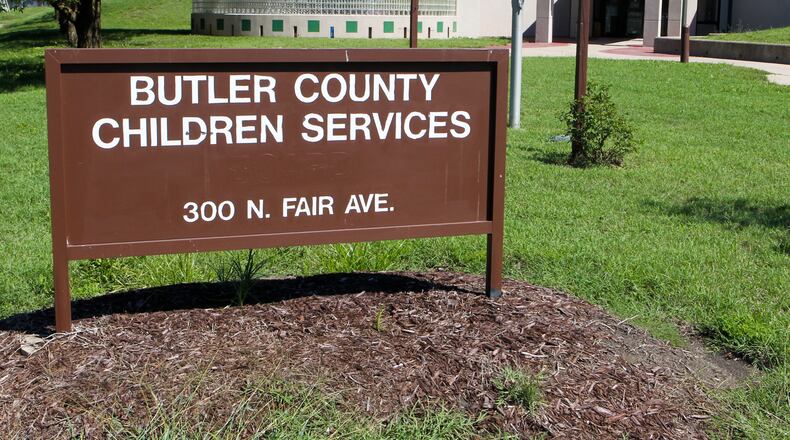“The results of this study combined with current research add to the ‘superiority of this model’,” the report reads and goes on to say. “This study showed that stronger alliances were associated with lower rates of child removal from the home, as well as higher rates of family reunification and suggested that a better working alliance may lead to a lower need for ongoing services.”
In January 2014, then executive director Jerome Kearns unveiled plans to overhaul the county agency and solicit input from groups of former clients, foster children and families, law enforcement, social service agencies and faith-based organizations to gain perspective on what things they can improve upon.
The agency began implementing the overhaul during the three-week strike that September. The model uses a wrap-around approach to help parents safely keep their kids at home. The wrap around program — which utilizes a team approach of addressing various needs a family has — provides that the social worker in charge of the case would have six months to work with the family. If the family fails to follow the services and directions given, the case would move on to another case worker for more intense attention before a decision is made to permanently remove a child.
Director Bill Morrison said as of Friday there were 361 children in BCCS custody, a five-year low and well below 2014 when the average number of children in care was 447.
Morrison and his administrative team and boss Executive Director Ray Pater met with the commissioners Monday to go over their spending plans for next year. He told the commissioners it hasn't just been the overhaul that has impacted the agency. Pressley Ridge, the provider picked to reinstate the Family Preservation Program, is likely responsible for 20 children still being able to safely live with their families. BCCS had an in-house program that was skuttled due to budget constraints.
The provider began working with — therapists are in the homes at least three times a week — BCCS families at the end of April, since the county signed a four-year $1.6 million contract. He said the results are worth every penny of the contract price.
“We could probably demonstrate that it’s actually saved us more money than we spent on it,” he said. “Particularly given more than half of the expense is picked up by Medicaid. There are very few things you can spend money on and you get more back than you put into it.”
Morrison has a $25.9 million budget for next year, which is about $1 million above this year’s budget. The increase is for some new positions, including an assistant director Morrison said he wants to groom for his retirement, which isn’t too far into the future.
Pater and Morrison filled the commissioners in on a number of changes that have already occurred and some coming down the pike that will likely impact spending within all of Job and Family Services.
Two years ago a surprise $4 million hole opened up in the BCCS budget due to some delayed reimbursements. County Administrator Charlie Young said the agency's whole approach to everything has changed.
“Instead of reacting to pressures that are unpleasant, they are out in front managing what’s coming, anticipating the impact the changes will have,” Young said. “We’re seeing the results of this right in front of our eyes. It’s an incredible success story.”
Commissioners T.C. Rogers and Don Dixon concurred with Young’s assertions.
“They have really emerged after the problems of two years ago as a model for the state,” Rogers said. “They are continuing to innovate their services.”
Union Chief Rebecca Palmer, who led the charge against the agency two years ago before and after a three-week strike said they haven't seen the new report but there is still unfinished business for both sides to attend to, both on turnover and morale.
“We were able to provide some input on the performance evaluations and we continue to express the negative impact it has on teamwork,” she said. “It is our hope that these issues will be recognized this coming year as we re-enter negotiations in the spring and some positive changes will be made that will improve both morale and retention moving forward.”
About the Author
